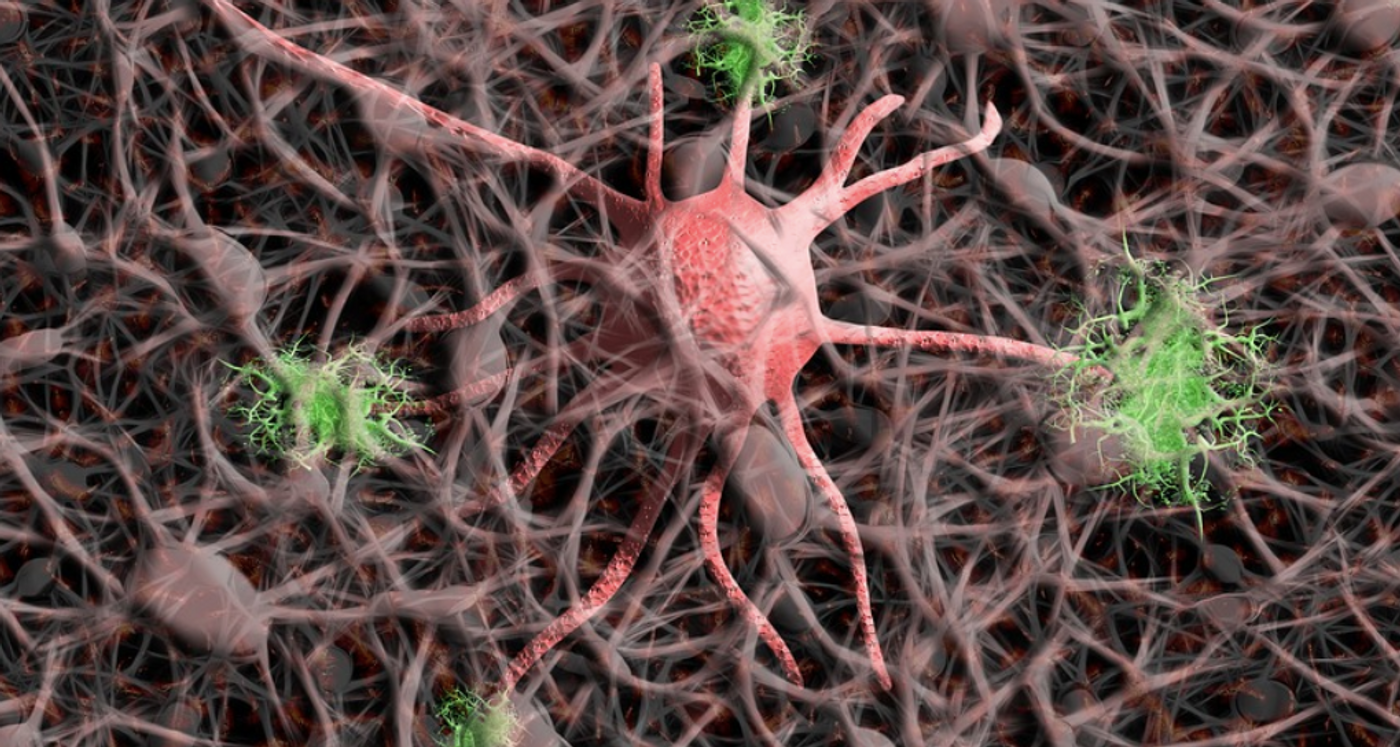Scientists Find Several Crucial New Insights Into Huntington's Disease
Increases in the length of some small portions of DNA, or microsatellite repeat expansions, have been linked to a number of neurological disorders. Many of the aberrant genetic sequences are then transcribed by cells into RNA molecules, which are then made into abnormal proteins that can cause serious problems. A recent report published in Nature highlighted the extremely detrimental effect that these aberrant proteins can have on cell function. Huntington's disease is a disorder that is caused by a repeat expansion in DNA.
In a series of studies in Nature Genetics, Neuron, and Molecular Cell, scientists have gained powerful new insights into Huntington's, which is a fatal disease. In Huntington's, the DNA bases CAG repeat an abnormal number of times, sometimes many, in the Huntingtin (mHTT) gene. These abnormal repeats of DNA bases are known as CAG expansions, and they continue to increase as a Huntington's patient gets older. These expansions create sections of DNA that are lengthy and unstable. They also cause the production of abnormal proteins and eventually, cell death. However, scientists reporting in Nature Genetics determined that cells are able to live with these repeat expansions.
"What we didn't expect was to see that cells carrying long CAG repeats can survive," noted the corresponding author of the Neuron and Nature Genetics studies, Nathaniel Heintz of Rockefeller University. "That's very surprising; if expansion is not sufficient for death, what else is required?"
By analyzing the post-mortem brains of Huntington's patient volunteers, the researchers determined that repeat segments were especially unstable in cells called medium spiny neuron (MSNs), which are known to die off as Huntington's disease progresses. The levels of two DNA repair proteins were found to be unusually high in those MSNs. But when it comes to CAG expansions, these proteins seem to promote a genetic problem rather than removing it.
"Their elevated levels could really be doing these neurons a disservice," suggested the first study author of the Nature Genetics paper, Kert Mätlik. But not all cells are impacted in the same way by CAG expansions, so the researchers hypothesized that another factor is at work.
Advancesd cell sorting and profiling techniques were used in the paper reported in Neuron, This study revealed that pyramidal neurons called layer 5a corticostriatal neurons were seriously affected by CAG expansions, while pyramidal neurons in other layers of the cortex were less affected. Many of these layer 5a corticostriatal neurons died off in early Huntington's brain models. Now the investigators want to know more about why CAG expansions kill some cells but not others.
In an unrelated report published in Molecular Cell, researchers have shown that CAG expansions can create new splice sites in RNA molecules, and the production of entirely novel proteins. This work can explain why so many unusual proteins are often found in the brain cells of patients with repeat expansion disorders, noted corresponding study author Ankur Jain, a Whitehead Institute Member and Professor at the Massachusetts Institute of Technology.
It also has presented researchers with a potential new drug target: the splicing machinery. "Now, because we have an understanding of the molecular mechanism, we can try to target the splicing pathway and diminish the production of these proteins," said Jain.
Sources: Nature, Whitehead Institute, Rockefeller University, Molecular Cell, Nature Genetics, Neuron









